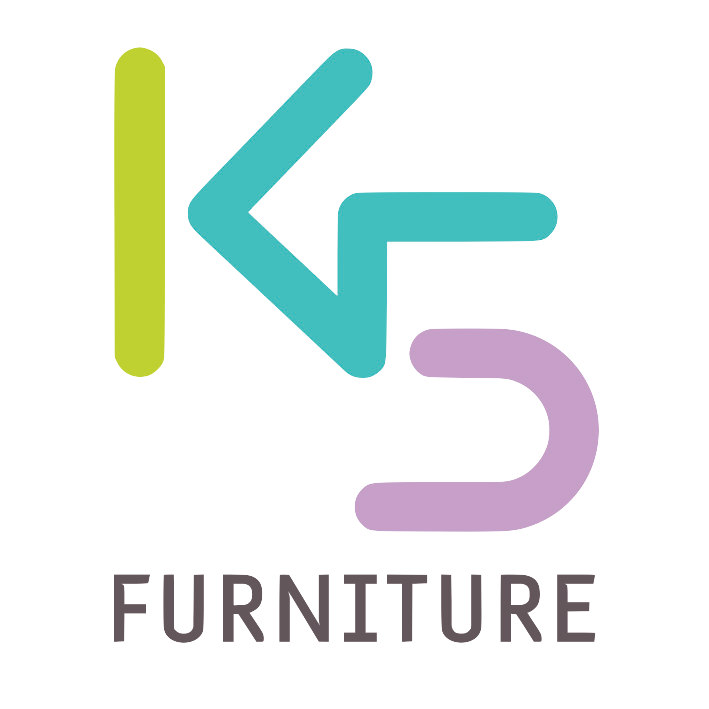ANNA
BARTOLI
Architect and Designer at Bartoli Design, Segis.
Today, Bartoli Design, a team comprising Carlo, Paolo and Anna Bartoli, continues its experience in design and design culture begun by Carlo Bartoli in 1960.
Bartoli's work embraces the complete spectrum of design services developing projects in architecture, urban design, furniture and interior design. In 2008 they received the XXI Compasso d'Oro ADI award for the R606 Uno chair designed for Segis along with Fauciglietti Engineering.
What inspires you to design furniture?
Thousands of images and feelings of everyday life, my travels, visual and technical culture are overlapping and merging in my mind: for my designs I pick up, from this archive, when the images are a little sedimented. Manual works, also, inspire me a lot.
How did you develop your style?
My real backgroung is urban… my memories of Milano, where I was living when a child and a girl, with its measured and austere buildings. On the other side, the pieces of design of the Seventies, in plastic or lacquered in plain bright colours which I have seen around since then. It is this duality that grew inside me and maybe appears in my projects. Also, inside our studio, we are three minds working together: there’s a confrontation which plays a part, I learn from the others.
What do you think is the biggest challenge in the industry today?
To act and think knowlingly, to scout and provide meaningful products and services, which we really need, to create a cultural enviroment where everyone invoved in the process can grow and make the industry grow in return. Things seem to go the other way, very superficially anAd quickly, while I think good choiches require time.
What gets you through the day?
Thinking of the projects to come while I’m dealing with unnerving work. That opens to a different mental level, as I let new ideas float and they are not affected by practical problems in that moment: it’s relaxing.
Are you a tea or coffee person?
Chai spicy tea is my favourite, I hate coffee…
What do you think is the greatest invention of all time?
Written simbols (which evolved into alphabets): they’re the basis for knowledge, communication, culture, science and any design.
What is something you can’t live without?
Water, trees, nature and also my car. I love nature but I need a car everyday, I have so many things to do I cannot think how I could without a car.
What is your favourite brand at the moment?
Balenciaga is a mix of sartorial and creativity which I like very much (and cannot afford). I also love the architectural creations of Issey Miyake.
What is your favourite place to eat?
I judge the quality of food, not the look: in Milano I like the Trattoria del Nuovo Macello: the area around is quite disappointing but the ingredients and passion for creating around traditional Italian cuisine are rewarding.
Then there’s a small place in a small calle in Venezia, called “Antiche Carampane”, with wonderful Venetian receipes, mostly local fish.
What product excited you the most recently?
Someone cleans floors instead of me usually, anyway I’m in love with Roomba, the cleaning robot, really really useful and efficient (…and that’s not a spot!).
What’s your favourite colour at the moment?
Yellow and ocre, also together: they display warmth and optimism, correspond to “my two sides” for one same concept, together they’re both bold and refined.
What is the greatest thing you’ve learnt through your career?
How bringing together different expertises and toughts can make the difference: alone, we never know enough . The creation of synergies is the key, though I find it’s difficult to build as we all tend to be individualistic.
What is the achievement you’re most proud of?
One of my designs being praised by Ettore Sottsass.
What methodologies, systems or routines do you have in place to make sure you are productive everyday?
No specific methodologies, I just try to keep concentrated.
If you could give one piece of advice to young female (designers), what would it be?
To start practicing both with manufacturers and talented designers. To understand not the products only but the whole histories and processes from concepts to communication, marketing and use.
Then to travel as much as they can in their spare time, travel to difficult and faraway places where they can see very different ways of living: I find it important to open one’s mind and stimulate creativity.

